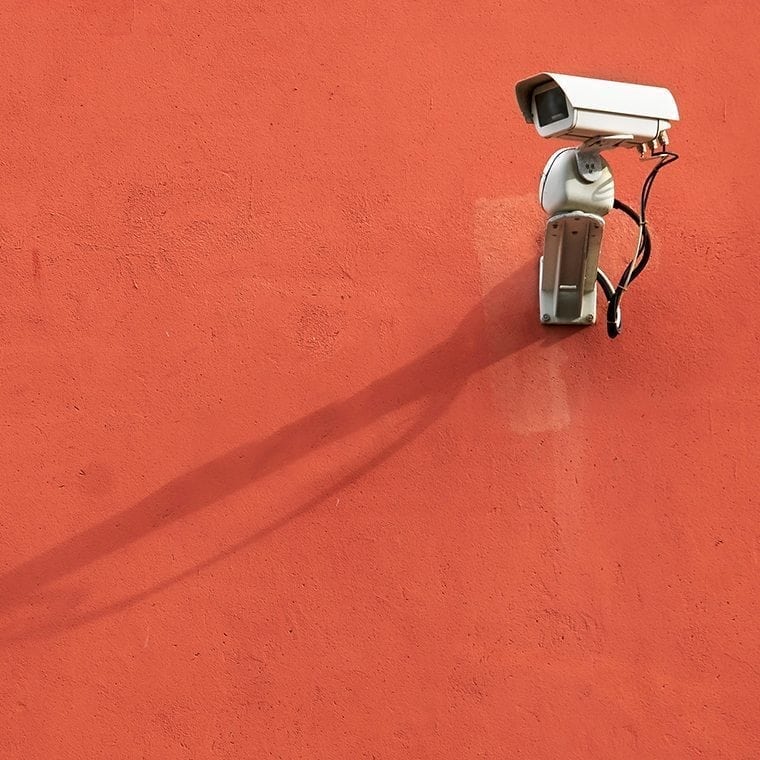Consumer-packaged goods (CPG) marketers were among the earliest adopters of programmatic buying. They recognized that programmatic buying could help them scale campaigns and create pricing efficiencies. Today, CPG marketers continue to be avid users of automated buying, as it offers a wealth of data and workflow efficiencies. However, CPG marketers have been facing challenges with their digital advertising, including buying impressions that reach non-human audiences, a problem that can be particularly prevalent in unfiltered programmatic environments.
The automated buying and selling of advertising inventory can be more vulnerable to ad fraud than the traditional direct buying method for two reasons. The first is that a programmatically-purchased impression can pass through multiple buyers and sellers, providing more opportunities for a fraudster to take advantage. The second reason programmatic is particularly vulnerable to fraud is that marketers instruct programmatic buying teams to provide them with extraordinary low eCPMs. This suggests an implied acceptance of ad fraud, or an instruction to deliver results that would be impossible without purchasing fraudulent impressions. Programmatic simply automates the buying and selling of impressions, it does not create them.
How much more ad fraud do we see in programmatic? With no optimization, 15% of programmatic display and 7.5% of programmatic video impressions are delivered to bots and other types of ad fraud. The daily cost to companies from fraudulent impressions can be up to $1.28 million dollars. After a loss in revenue from ad fraud, a prominent CPG company prioritized finding a way to reduce and prevent fraudulent activities. The CPG giant sought for a solution to identify and eliminate ad fraud before before a bid was placed.
Why is the CPG industry so susceptible to ad fraud?
Where there is money, there are fraudsters. In the case of the CPG industry, with a digital ad spend of $4.2 billion dollars a year and rising, is a prime target. The CPG industry is responsible for nearly 47% of mobile ad buys, which equates to around $2.33 billion dollars spent.
CPG brands have also increased their spending on video ads, by 112%. Video ads are also a favorite target of fraudsters favorite medium due to their high CPMs. This growth makes programmatic video a prime target for bots and other forms of fraud. The amount of bot and fraudster activity on CPG related sites is 21% higher than the global average.
What is the Solution?
IAS worked with a CPG brand that wished to not only detect fraud, but also remove it from the pool of inventory that they would bid on. We were able to offer a solution through our pre-bid ad fraud protection. By eliminating fraudulent inventory before the brand bid on it, IAS was able to instantaneously lower fraud levels across the brand’s media buys. IAS worked with the brand, as well as with programmatic buyers, to create risk thresholds that achieved both the quality and quantity of ad space required by the brand. We were able to work with DSP platforms to provide protection from both GIVT and SIVT fraud. IAS remained involved in the brand’s campaign in order to continue measuring and improving the reduction in fraud activity through weekly tracking reports as well as updates on any new features available to the brand.
The CPG brand saw stellar results
The CPG leader saw significant reductions in fraud from its partnership with IAS. The pre-bid optimization led to a 7.9% decrease in fraud levels. Through IAS pre-bid optimization, the CPG giant was able to maintain the fraud level around 1.3% through continuous monitoring and fraud prevention. The CPG brand was able to avoid over 32.2 million fraudulent impressions. Through preventing bids on fraudulent sites, the CPG giant was able to focus on the ad spaces that would be valuable to its brand.
Interested in learning more? Download the full case study.
 Share on LinkedIn
Share on LinkedIn Share on X
Share on X


